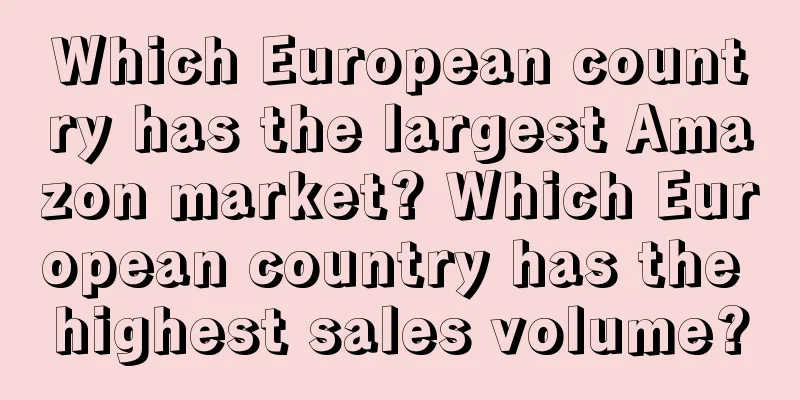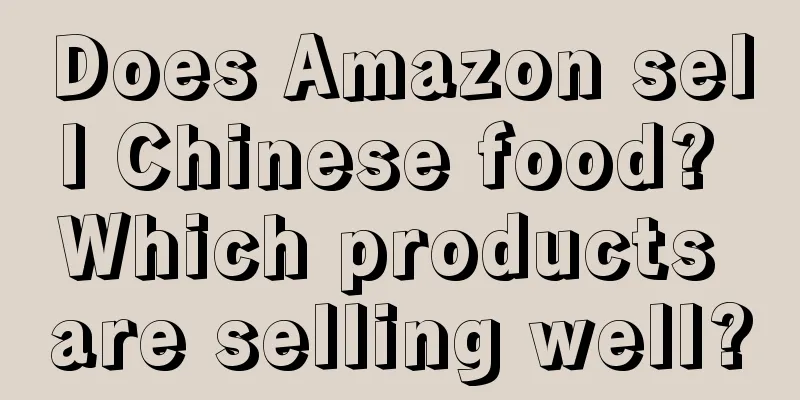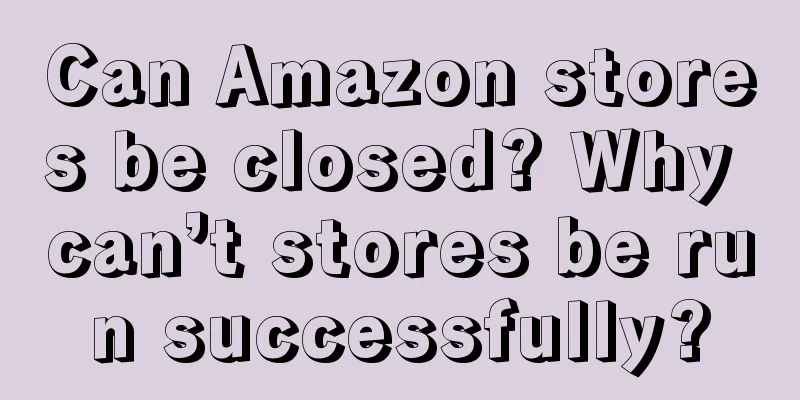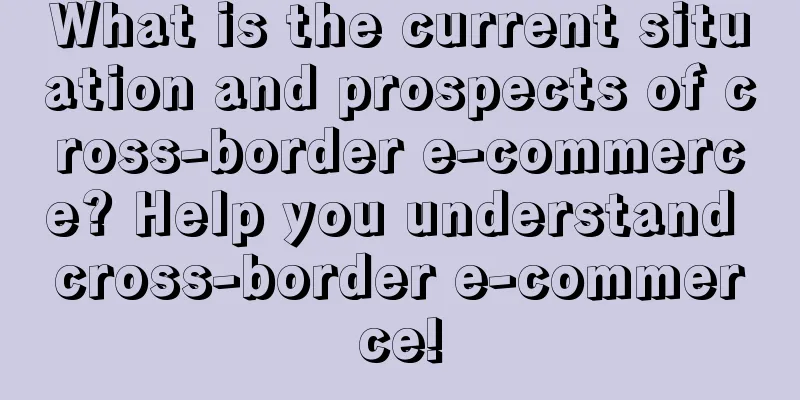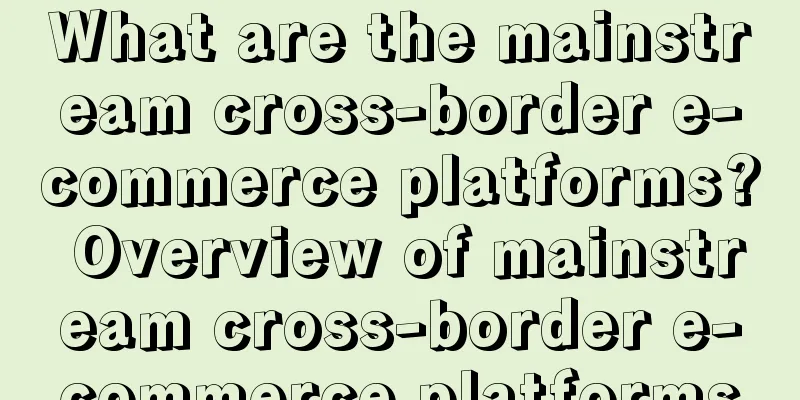What is the difference between fob price and ex-factory price? How to convert?
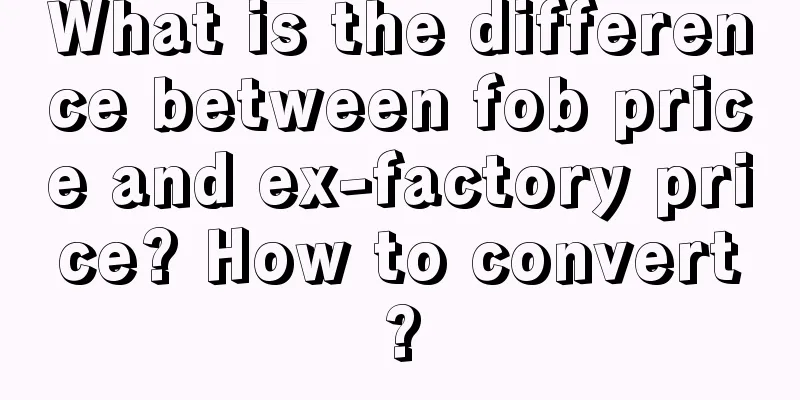
|
FOB cost is a very common trade term in international trade. It refers to the cost of delivery on board the ship, also known as "free on board price". Some friends asked, what is the difference between fob price and ex-factory price? 1. What is the difference between fob price and ex-factory price? 1. Different costs The ex-factory price is the price of a product or commodity after it is processed by the processing plant, which is formed by adding the production cost (including labor, taxes, water and electricity, equipment depreciation, management expenses, etc.) to the factory profit. The FOB price includes all domestic costs. 2. Different risk-taking The manufacturer's price means that all risks of loss of goods are borne by the buyer after the buyer picks up the goods. However, FOB means that the risk is transferred from the manufacturer to the buyer only when the goods are loaded on the designated ship at the port of shipment. 3. Different delivery methods When the delivery is made at the ex-factory price, there is no need to be responsible for transportation of the goods, while the FOB buyer only needs to be responsible for dispatching the ship, and the manufacturer is responsible for all other matters. 2. How to convert fob price and ex-factory price? FOB USD price = (RMB tax-inclusive price - tax refund income) / spot purchase price Among them: Tax refund income = RMB tax-inclusive price × [tax refund rate/(1+VAT rate)] but: FOB USD price = {RMB price including tax - {RMB price including tax × [tax refund rate/(1+VAT rate)]}}/spot purchase price FOB USD price = {{1-[tax refund rate/(1+VAT rate)]} × RMB price including tax}/spot purchase price If you sell it to a foreign trade company, you can just use the ex-factory price including tax (including profit), and then divide it by the exchange rate of 6.83. 3. How to convert factory ex-factory price to FOB price? The FOB price is the factory shipping price plus the desired profit and the transportation costs to the port, customs clearance fees and other related costs. The factory delivery price is also called the factory shipping price excluding tax, which is the so-called EXW. This is the transaction method with the least responsibility for the seller and a very small risk. The seller is only responsible for delivering the goods to the buyer at the factory and does not care about anything else. The FOB price is the EXW price plus the freight, profit and other prices from the factory to the loading port. FOB price calculation RMB price: FOB = {{{1-[tax refund rate/(1+VAT rate)]} × RMB tax-inclusive purchase price} + profit and related expenses} / spot purchase price or FOB = {{1-[tax refund rate/(1+VAT rate)]} × RMB tax-inclusive purchase price × (1+profit rate) + related expenses} / spot purchase price. Note: RMB tax-inclusive purchase price, profit and related expenses unit price and total price should be unified. To sum up, the difference between fob price and ex-factory price lies in three aspects: different costs, different risks and different delivery methods. |
<<: What are the payment methods for international trade? Introduction to 3 common methods
>>: Can I get a tax refund on the fob price? Is there any shipping fee?
Recommend
With a price tag of over 1,000, can this brand be successful in selling high-end down jackets on Douyin e-commerce?
This article mainly discusses the destination of e...
Differentiate online content forms and choose appropriate growth methods
There are many forms of online marketing content, ...
Digging into 3,000+ data from 15 categories in the 3.8 promotion, who is growing?
This year's 3.8 promotion has passed, but the ...
In order to pay off debts, Zhong Xuegao sold sweet potatoes
Due to the company's operational difficulties,...
Some observations and thoughts on Douyin's live broadcast of women's clothing
This article starts from Douyin women's clothi...
With sales of 5 million overnight and an increase of over 4 million followers, it took on the heat of the "business war", but is the challenge just beginning?
As the incident of a head anchor fermented, the he...
What are the differences between a foreign trade SOHO and starting your own company? What preparations should you make to start your own foreign trade SOHO?
Foreign trade SOHO (Small Office Home Office) and ...
A common misunderstanding in brand naming, two fundamental origins
This article starts from the common misunderstandi...
From content to consumption, the logic of IP co-branding has completely changed
In the current consumer market, IP co-branding has...
How do eBay buyers cancel orders? Steps
Ebay is an international e-commerce platform that ...
2024, they will explode overseas markets
"In 2024, Chinese products will go overseas a...
With both sales and popularity soaring, how many male consumers have been attracted by Luckin Coffee’s collaboration with “Black Myth: Wukong”?
In the cross-border marriage of games and coffee, ...
Three major players and many competitors are surrounding each other, and the "chaos gate" of local life has begun
Introduction: With the development of major conten...
Meituan “learns” from Pinduoduo
As 618 approaches, major e-commerce platforms have...
Are you always self-satisfied at work or starting a business? You need to think like this
Being criticized in the workplace, a product not b...
